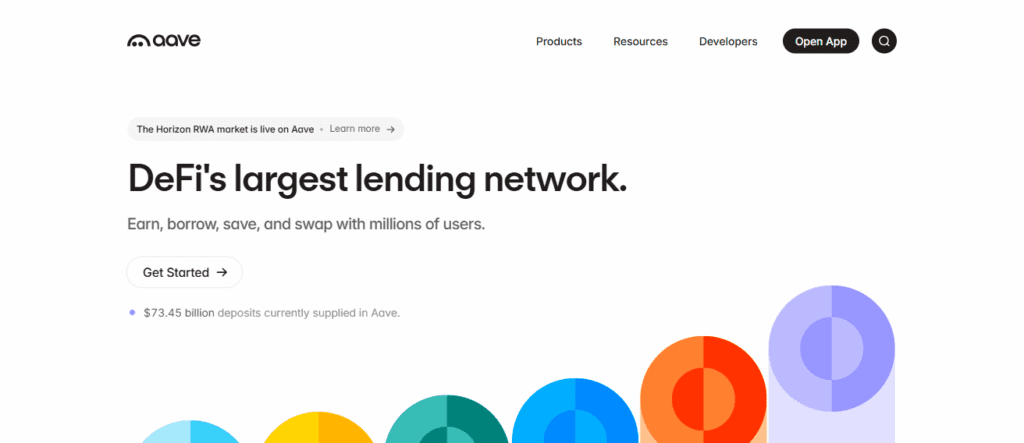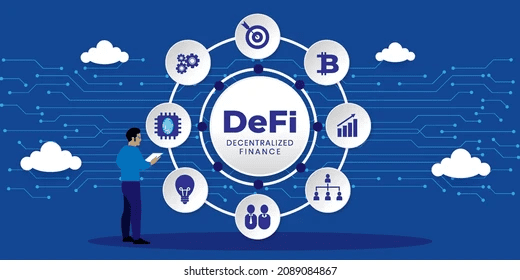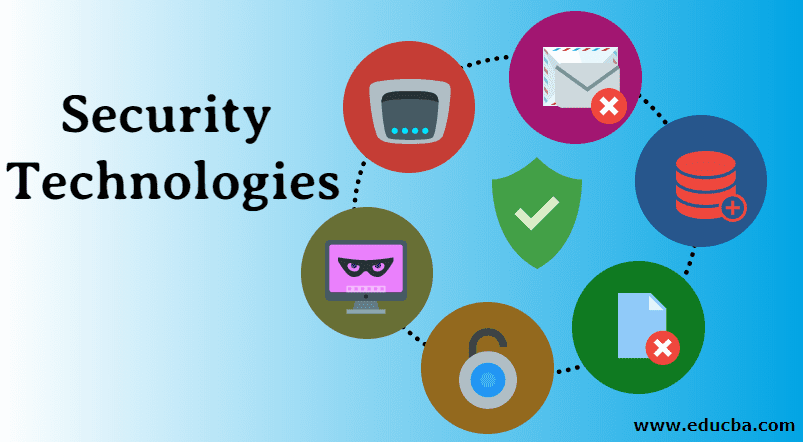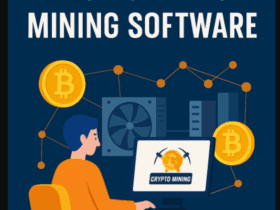This article will cover how to shield your DeFi yields from front-end hacks. As front-endDeFi platforms can offer high yield returns, potential front-end vulnerabilities can also put your yield capital at risk.
The understanding of these threats along with implementing adequate security levels will help you protect your investments, disengage from phishing attacks, and interact with decentralized protocols with considerably safer exposure, ultimately keeping your digital assets protected.
What is a front-end hack in DeFi?
Front-end hacks in DeFi are defined as attacks against the user interface of a DeFi platform instead of the smart contracts backend. Hackers can trick users with phishing sites, malicious scripts, or fake overlays.
Users can be prompt to divulge private keys, approve malicious transactions, or transfer stolen-asset funds.
Front-end hacks are perhaps the most dangerous because in contrast to compromised interfaces, smart contracts can be fully secured. No user can be protected against interacted compromised interfaces.
How To Protect Your Defi Yields From Front-End Hacks
Safeguarding Your DeFi Yields Against Front-End Attacks on Aave

Confirm the Official URL.
- Aave can always be accessed at the official URL:
https://aave.com. - Bookmark the URL to defend against phishing attacks that clone Aave’s interface.
Use a Hardware Wallet
- Aave can be accessed only through a hardware wallet, such as Ledger or Trezor.
- This keeps your private keys offline and your funds safe from malicious scripts.
Confirm Smart Contract Addresses
- From Aave’s official documentation, verify the token and lending pool addresses.
- Do not engage with unverified or replicated contracts.
Secure Your Browser
- Minimize your browser extensions by uninstalling the unknown ones.
- Frequently update your browser to mitigate weaknesses.
Set Up 2FA
- Set 2FA for every account log-in or notification as an additional safeguard.
- This provides extra security even if your interface has been accessed.
Set Up Security Alerts
- Follow Aave on their official Twitter, Discord, and Medium.
- This helps you keep track of phishing attacks or interface access issues.
Use Secure Connections
- Always access Aave from a private connection or a secure VPN.
- Unsynchronized public Wi-Fi networks are susceptible to attacks.
Review Transactions Before Authorization.
- Make it a point to check the wallet before any confirmation to avoid mistakes.
- Identify any abnormal approved token permissions and oversized transactions.
Risks Posed to DeFi Users
Loss of funds due to fake interfaces: Cloned DeFi websites can deceive users into sending funds to attackers, leading to permanent loss that cannot be recovered.
Unauthorized transactions triggered via malicious scripts: Compromised interfaces can have malicious scripts that execute hidden transactions and transfer tokens in a wallet without consent.
Compromised private keys and wallet access: Attackers fully drain a wallet and all associated funds if they obtain a private key through phishing or fake UI.
Best Practices to Protect Your DeFi Yields

Verify URLs and Platforms
To access DeFi platforms, use only their verified site and applications. To make sure you don’t enter a phishing site, bookmark trusted platforms and confirm SSL certificates.
Use Hardware Wallets
Avoid online storage or keeping private keys on the same computer that you use to make transactions. Use a hardware wallet like Ledger or Trezor to ensure your DeFi funds are safe, even if the front-end gets compromised.
Keep Browser and Devices Secure
Public Wi-Fi and browser extensions are potential attack vectors. To minimize the chance of malicious scripts or network attacks, avoid public Wi-Fi and malicious browser extensions and update your browser frequently.
Enable Two-Factor Authentication (2FA)
For every deposit, withdrawal, and access point, implement another authentication factor. 2FA makes it considerably more difficult for unauthorized users to take control of your accounts, even if your account credentials are stolen.
Verify Smart Contract Addresses
Always obtain verified token or pool contract addresses before you engage. Unknown or unverifiable contracts are often scams.
Monitor Security Updates
For phishing attacks or hack alerts, and vulnerabilities like weak interfaces, follow the project’s official channels, blogs, and social media.
Review Transactions Carefully
Always check the wallet for unpaid transactions before signing. Hidden exploits might be trying to escape the attention of your token permissions and recipient addresses you control, amount, and the address.
Utilize DeFi Aggregators or Dashboards You Can Trust
Zapper and Zerion, for example, mitigate risk by giving you safe and vetted entry points to many DeFi protocols via a single interface.
Tools and Technologies for Added Security

Use of secure DeFi dashboards or aggregators: Zapper and similar aggregators streamline risky DeFi interactions.
Anti-phishing browser extensions and alerts: These extensions warn and block users from interacting with phishing sites.
Decentralized identity verification tools: Users and protocols can be verified without key and data exposure.
Responding to a Potential Hack
Immediate Steps if You Suspect a Front-End Compromise
- Disconnect your wallet from the platform immediately.
- Stop all pending transactions and do not interact with the interface any further.
- If possible, relocate any assets to a secure wallet or hardware device.
Reporting to Platform Developers and Security Communities
- Get in touch with the support channels of the DeFi platform.
- Deliver information to security-oriented communities or forums to inform people.
- Include transaction IDs, screenshots, and any required data for them to investigate.
Reassessing Your Security Setup
- Revise passwords and 2FA for all associated accounts.
- Assess the security settings of your browser, wallet, and devices.
- Consider using hardware wallets, and other enhanced security measures to mitigate risks.
Pros and Cons How to Protect Your DeFi Yields from Front-End Hacks
| Method / Practice | Pros | Cons |
|---|---|---|
| Verify URLs and Platforms | Reduces risk of phishing; ensures safe interaction | Requires constant vigilance; easy to overlook typos |
| Use Hardware Wallets | Private keys stay offline; high security against hacks | Can be expensive; less convenient for frequent trades |
| Keep Browser & Devices Secure | Protects from malicious scripts and malware | Needs regular updates; may require technical knowledge |
| Enable Two-Factor Authentication (2FA) | Adds extra security layer; blocks unauthorized access | Can be bypassed if phone or email is compromised |
| Verify Smart Contract Addresses | Prevents interaction with scam contracts | Time-consuming; requires careful attention to official sources |
| Monitor Security Updates | Keeps users aware of ongoing threats | Can be overwhelming; requires following multiple channels |
| Review Transactions Carefully | Avoids hidden malicious approvals | Slow process; may be missed in rushed transactions |
| Use Secure DeFi Dashboards / Aggregators | Simplifies interactions; reduces risk of fake interfaces | Reliance on third-party platform; potential single point of failure |
| Anti-Phishing Extensions & Alerts | Provides real-time warnings against malicious sites | False positives can occur; may slow browsing |
| Decentralized Identity Verification Tools | Enhances trust; prevents fake user interactions | May involve complex setup; not universally supported |
Conclusion
In conclusion, Protecting your DeFi yields from front-end hacks demands attention, using the right tools, and safe practices.
Always confirm the legitimacy of a platform, employ hardware wallets, activate 2FA, and scrutinize your transactions.
Keeping track of the latest security threats and sticking to reliable dashboards and extensions minimizes your risk.
Using these tools together secures your capital and allows you to take advantage of DeFi investments easily and safely.
FAQ
A hack targeting the user interface to steal funds or private keys.
Check URLs, SSL certificates, and use official bookmarks.
Yes, they keep private keys offline, preventing theft.
Yes, malicious extensions can execute unauthorized transactions.
Use official sources or verified explorers before interacting.














